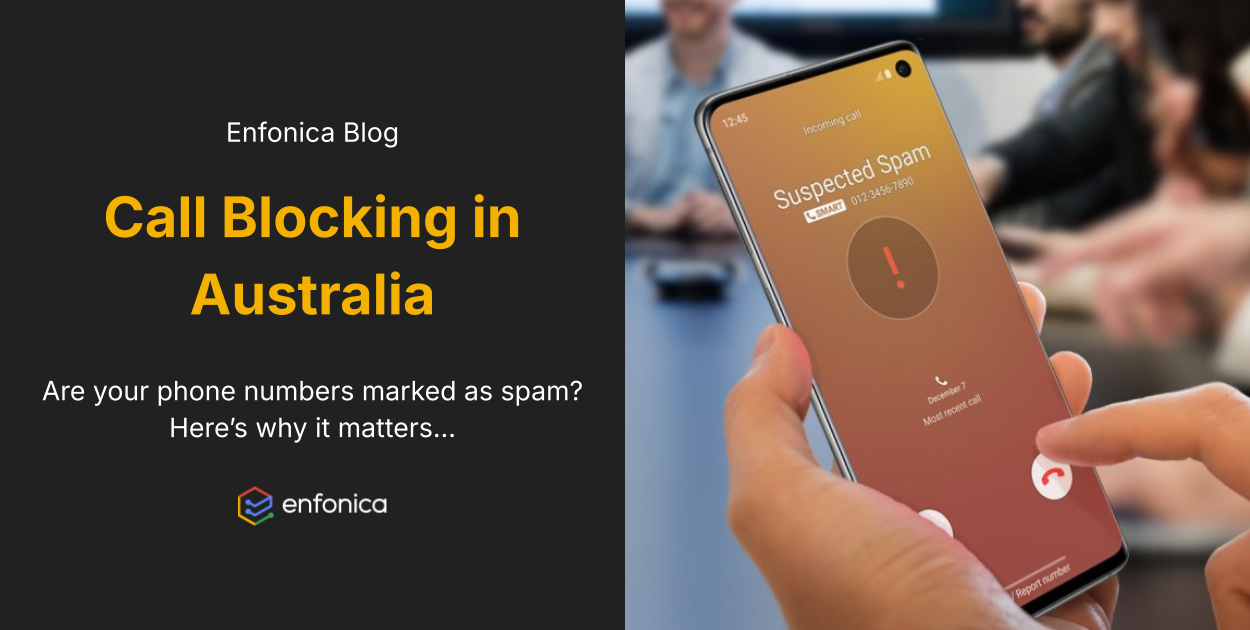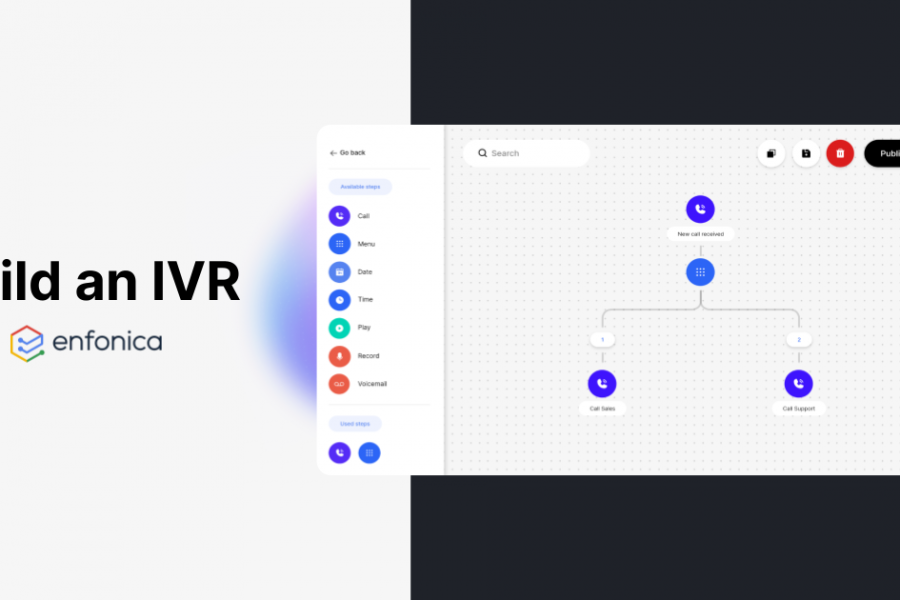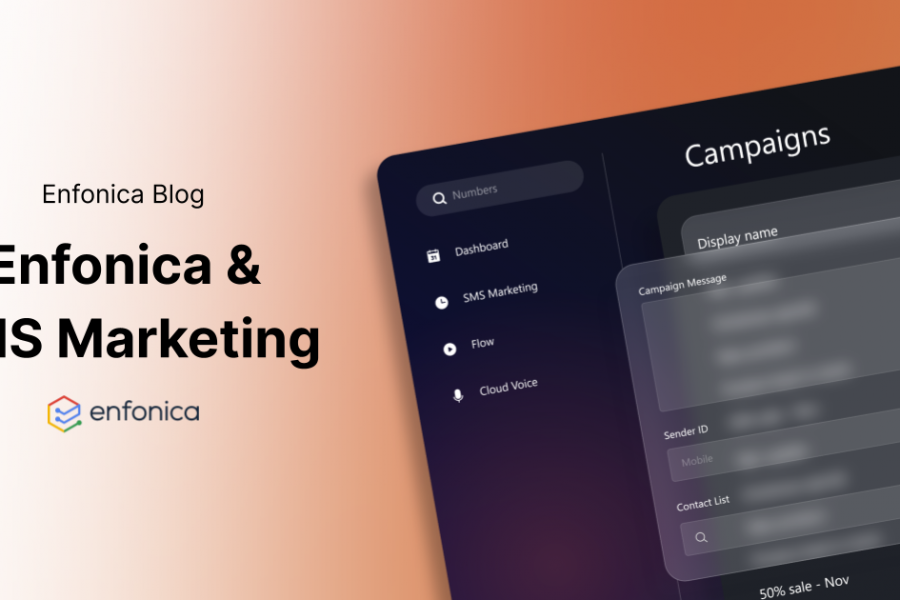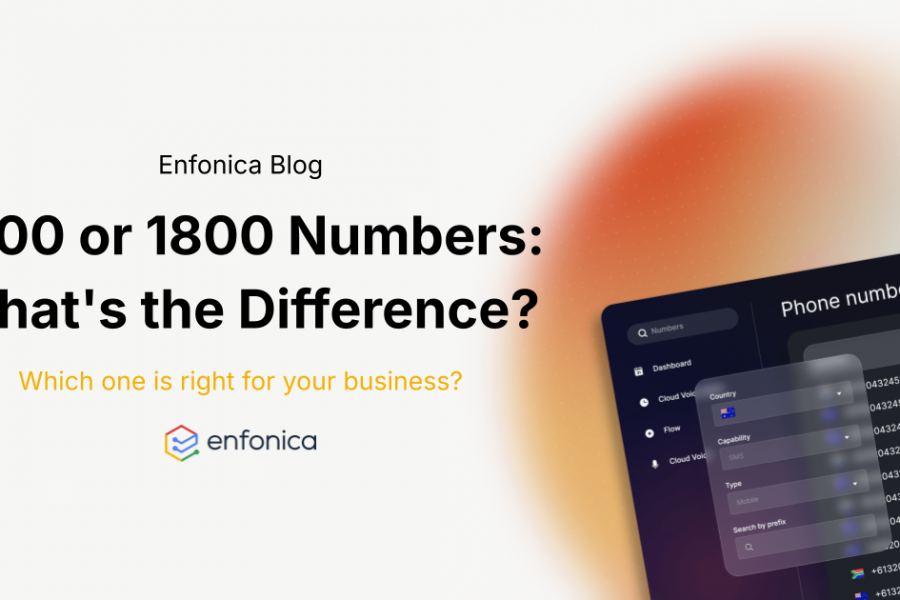In Australia, spam call detection has become more aggressive than ever, impacting legitimate outbound call centers and businesses. If your business relies on connecting with customers by phone, this growing problem could be costing you real money.
If you’re seeing lower answer rates than expected, there’s a good chance your calls are being blocked or flagged as spam. Here’s why it matters…
Why are your calls being blocked?
More than 25% of your outbound calls may be suspected as spam simply because your number looks suspicious to the receiving device or network. Even worse, if your number is flagged as “Spam” or “Fraud,” many recipients won’t even receive or see the call at all.
Let’s break down why this is happening.
1. Network-level blocking
Telco networks are using advanced anti-spam filters. If your call center sends out high call volumes or reuses the same phone number as the caller ID (CLID) too often, your number can be blacklisted. Invalid CLIs or repeated call patterns can trigger flood protection measures.
2. Device-level spam protection
- Samsung Smart Protect, powered by Hiya, flags numbers with suspicious behaviour and allows the public to report your number as spam, even if they don’t answer the call. This feature is by default opt-in on Samsung devices.
- Telstra Scam Protect applies labels like “Potential Fraud” or “Suspicious Calling Pattern” to flagged numbers. Once a phone number is flagged, your answer rate can plummet.
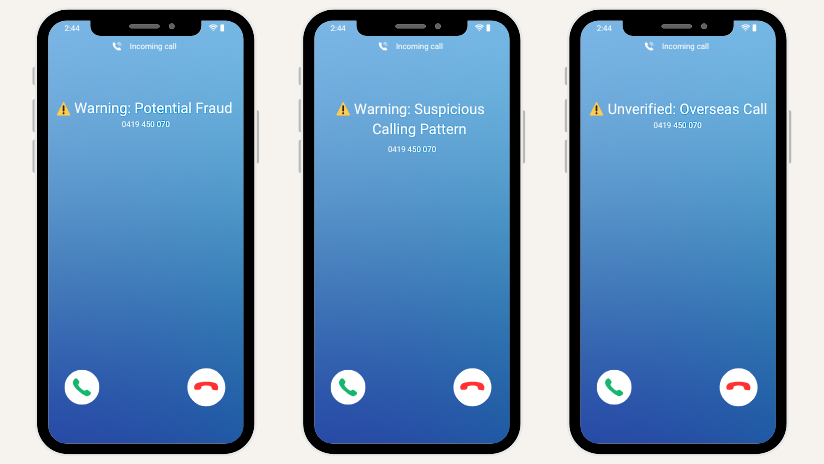
The longer you wait, the higher the cost
If your phone numbers are being blocked or flagged, you’re potentially losing contact with more than a quarter of your customer base. Even a 10–20% dip in answer rates could result in significant repercussions for your business.
Imagine converting even a fraction of those missed connections. Whether you’re running sales, managing collections, or coordinating dialer campaigns… reaching more people means better ROI.
Prevention is everything
Here are several practical strategies to maintain your caller reputation and avoid getting blacklisted:
1. Pool and rotate your numbers
Use a larger pool of phone numbers and limit call attempts to around 1,000 per number per day.
2. Localise your caller ID
People are more likely to answer calls from numbers that seem local. This is where same-city or same-state dialling comes in:
- Broad localisation: Use a number from the same state as the contact.
- Hyper-localisation: Use a number from the same city.
To do this effectively, you’ll need to collect geographic information from prospects. This can be done automatically through IP geolocation.
3. Monitor and maintain your numbers
Make sure your phone number inventory is regularly tested, rotated, and managed. Don’t wait until your answer rate drops to take action.
Final thoughts
Call blocking in Australia isn’t going away… it’s getting smarter. But that doesn’t mean your outgoing calls has to suffer. By using the right number management strategies, you can improve your answer rates, protect your reputation, and connect with more customers.
At Enfonica, we help call centers stay ahead of the game with intelligent autorotation solutions, CLI testing, and an inventory of hyper-local phone numbers ready to use for outgoing calls.
Want to stop your calls from being flagged as spam? Contact us to learn how Enfonica can help.


